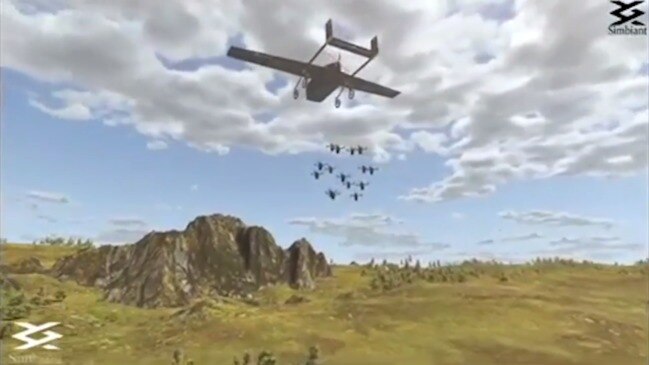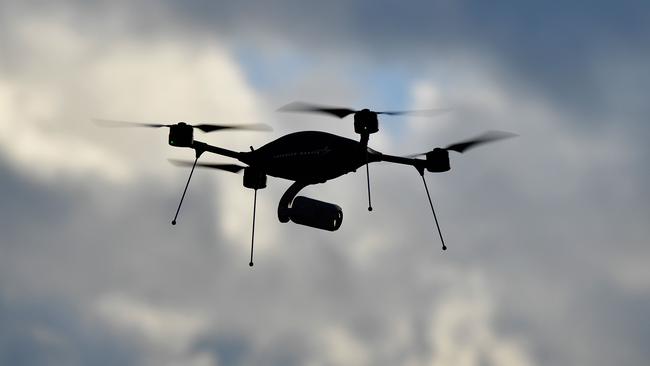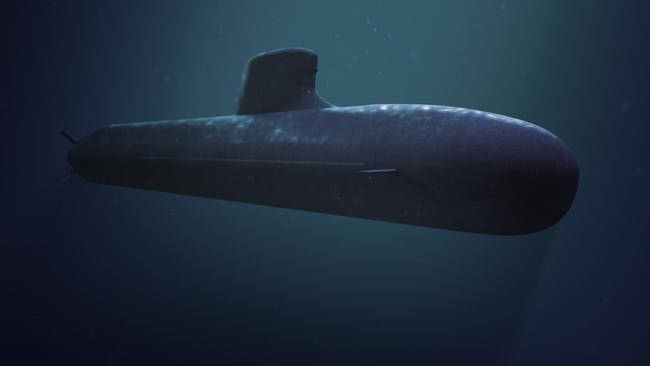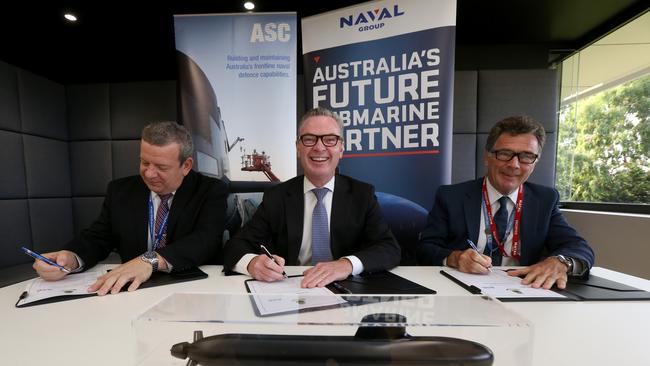Nuclear submarines, drone swarms, hypersonic weapons, spy satellites: What Australia needs to do to future-proof the Defence forces
Australia must prepare for future warfare with nuclear-powered submarines, spy satellites, hypersonic and laser weapons, and even 3D printers on the frontline to mass produce drones to “swarm” the enemy, defence analysts say.

SA News
Don't miss out on the headlines from SA News. Followed categories will be added to My News.
- Challenges and solutions to creating 15,000 shipbuilding jobs in SA
- Australia’s defence force: Is it up to the job?
Australia must prepare for future warfare with nuclear-powered submarines, spy satellites, hypersonic and laser weapons, and even 3D printers mass producing drones to “swarm” the enemy, defence analysts say.
The Australian Strategic Policy Institute also says the next government must face up to the threat from China.
ASPI, a think tank that advises governments, has today released Agenda for change: Strategic choices for the next government.

Executive Director Peter Jennings warns that we are in dangerous times and need to do more to prepare.
“What makes this year so momentous, as this report partly details, is China, regional arms racing, Donald Trump, North Korea, Brexit, energy policy, climate policy, infrastructure cyber security, the Pacific ‘step-up’, submarines, Joint Strike Fighters, and popular disengagement with policy and politics,” he writes.
“(Nasty) dictatorships are thriving. Last time that happened in world history, things ended terribly.”
He also called for Australia to prepare for nuclear submarine propulsion.

Report editor Marcus Hellyer called for an independent review on the $50 billion Future Submarines project, to see whether they are “future-proofed” to deal with the rapidly evolving technologies our potential enemies have, whether they will be ready in time as regional tensions escalate, and whether they should be nuclear “in the light of the almost universal acknowledgement that the capability we really need is nuclear-powered-submarines”.
He also warned that as Chinese military technology proliferates in the region, we cannot rely on help from the US because its forces might be fully committed elsewhere.
The next government should be investigating using precision-guided weapons, smart sea mines, drones and electronic warfare, he wrote.
ASPI senior analyst Malcolm Davis says Australia should have an equivalent to DARPA in the US - the Defence Advanced Research Projects Agency develops new military technology. He wrote that we should be looking more closely at the military applications in space, such as spy satellites, as well as hypersonic weapons, and drones.
In the future, warring nations will use large swarms of drones in the air, on and under the sea and potentially on land, he wrote - suggesting we could 3D print small drones at the frontline.
“They could overwhelm an (opponent) through sheer numbers, akin to fire ants attacking prey,” he wrote.
“Failure to invest in these areas will see the ADF less able to survive in the next war.”

On Monday submarine designer Naval Group signed an agreement with Adelaide-based shipbuilder ASC to work together on the submarines - a move designed to stop the future project poaching staff from the existing submarine program.
Defence Minister Christopher Pyne said the agreement would avert “the danger that ASC and Naval Group would see each other as competitors in the same submarine yard and not work together - if you like, fight over the last chip on the beach,” he said.



